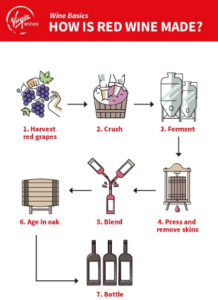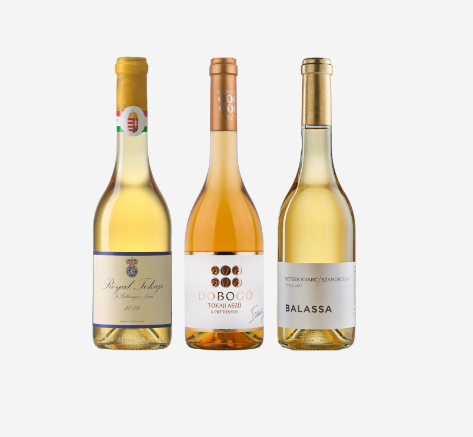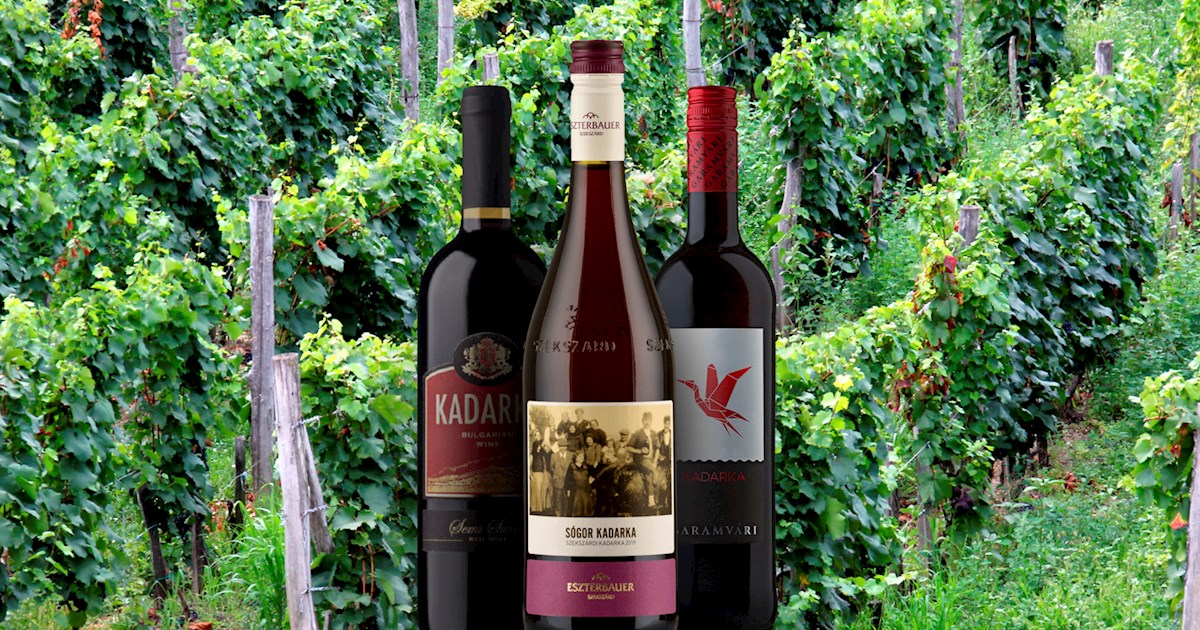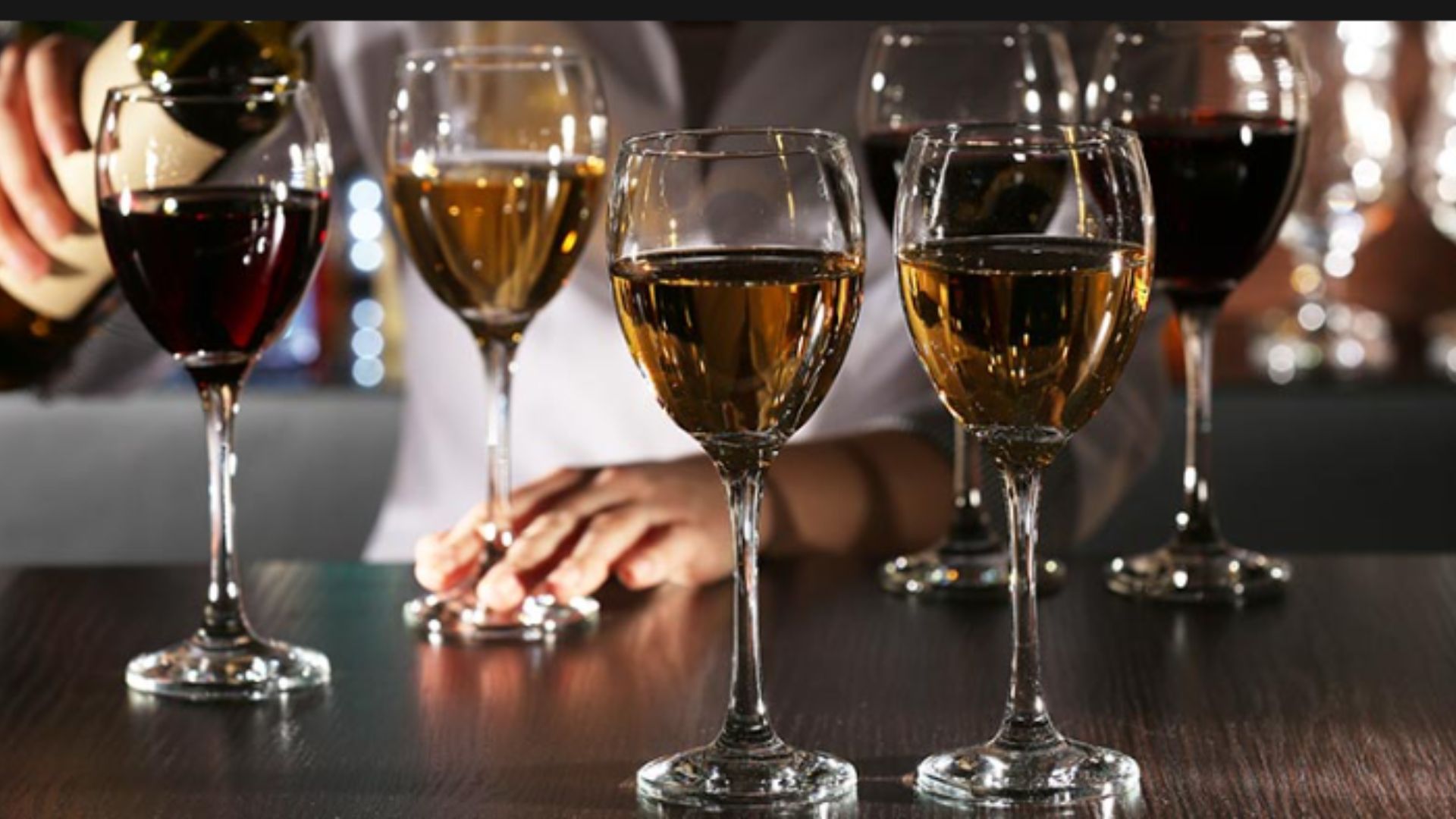Red wine, a timeless elixir cherished worldwide, is the result of a meticulously crafted process that transforms humble grapes into a complex and delightful beverage. From vineyards to cellars, let’s delve into the captivating journey of crafting red wine.
Grape Harvesting
It all starts in the vineyard, where expert hands carefully pick the ripest red grapes. Timing is crucial. The grapes must be plump, juicy, and packed with sugar, signaling their readiness for the journey ahead.
Crushing and Destemming
After harvesting, the grapes undergo a gentle crush and destemming process. This step extracts the grape juice and separates it from stems, leaving behind a crucial element for crafting red wine.
Fermentation
The extracted grape juice is then transferred to fermentation tanks. Yeast, whether natural or added, plays a pivotal role here. It converts the sugars in the grape juice into alcohol, a transformative moment in the winemaking process.
Maceration
During fermentation, the grape skins and juice remain in contact. This maceration period can last days or weeks, depending on the desired style and flavor profile. It extracts color and tannins, contributing to red wine’s distinctive characteristics.
Pressing
Once maceration is complete, the wine is separated from the grape solids. This process, called pressing, extracts every drop of liquid, leaving behind the skins and seeds. The resulting liquid is now referred to as “wine.”
Aging in Barrels
The newly formed wine is transferred to oak barrels for aging. This period allows the wine to develop depth, complexity, and unique flavors. Oak imparts subtle nuances, such as vanilla and spice, to the wine.
Blending
Many winemakers create their signature style by blending different batches of wine. This artful process allows them to balance flavors, aromas, and characteristics, resulting in a harmonious and well-rounded red wine.
Bottling
When the wine has reached its peak, it’s time for bottling. Winemakers ensure that the wine is stable and clear, making sure no unwanted solids or sediment are present. The wine is then sealed in bottles, where it will continue to evolve.
Aging in Bottles
Some red wines benefit from further aging in the bottle. This period allows the wine to mellow and integrate its components, leading to a smoother and more refined character.

Quality Control
Throughout the winemaking process, quality control is paramount. Experienced winemakers regularly taste and test the wine to ensure it meets the desired standards. Therefore, adjustments may be made to enhance its quality and consistency.
The Importance of Terroir
Terroir, the unique environmental factors of a vineyard, significantly influences red wine. Soil, climate, and grape variety combine to create distinct flavors and aromas, making each wine a reflection of its origin.
The Art of Red Wine Making
Moreover, crafting red wine is an intricate art, demanding a deep understanding of both science and tradition. Moreover, the choices made at every stage are crucial, shaping the wine’s final character.
Transitioning from Vine to Glass
Furthermore, from the vineyard to the cellar, red wine undergoes a meticulous transformation, resulting in an exquisite libation enjoyed by countless wine enthusiasts worldwide. Each step in the winemaking process contributes to the diversity and depth of flavors that red wine enthusiasts savor. Whether it’s the sweet scent of ripe grapes at harvest or the deep, oaky richness of a well-aged wine, the journey from grape to glass is an art that continues to captivate and delight palates across the globe.
Conclusion
In conclusion, crafting red wine is a labor of love that combines tradition, science, and the magic of nature. From the moment the grapes are plucked from the vine to the time they’re poured into a glass, red wine is a testament to human ingenuity and the richness of the natural world. So, the next time you enjoy a glass of red wine, savor not just the taste but the centuries-old craftsmanship that went into creating this timeless elixir.




